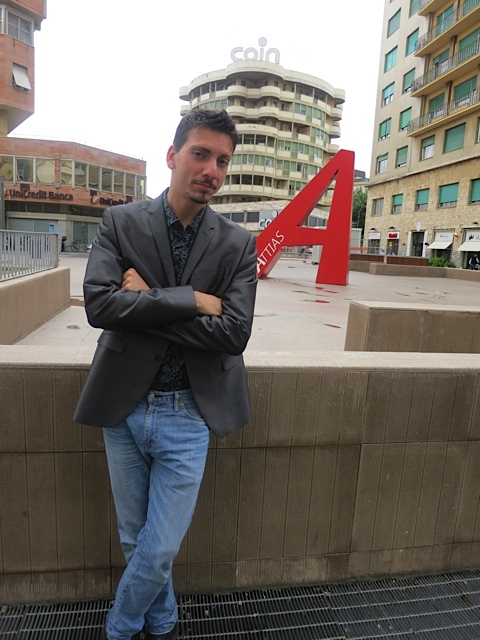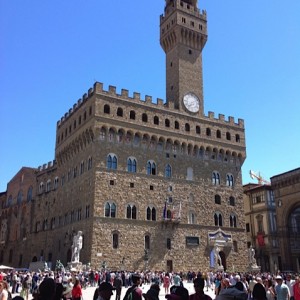 Following is an interview published after my visit and concert in Rigomagno – a thousand year old hilltop village in Tuscany, Italy. Used with permission.
Following is an interview published after my visit and concert in Rigomagno – a thousand year old hilltop village in Tuscany, Italy. Used with permission.
We are curious to know how it all began: it’s such a peculiar instrument, how did you get interested in the harp-guitar?
In a world increasingly filled with machine made things that are all made the same I have found it refreshing to celebrate the unusual. I grew up in Venice, California in the United States – a place inspired by Venezia in Italy. I guess beauty and the unusual seemed to go together in my youth and while in my teens I played the 12 string guitar and a double neck electric in a rock band. Later, while studying music at a university I was introduced to classical guitar. I really enjoyed the music for the lute and was amazed at the sound of its many strings. When I later found a century old harp guitar on the back wall of a music store it called to me with its beautiful shape and unusual collection of extra strings. I was achingly curious and wanted to transform its silence and neglect into something alive and vibrant. It was and continues to be an adventure to play music on the harp guitar.
What’s the origin of the harp-guitar? And what about your instrument? Did you have it built especially for you? In this case, where did you find the model? Is it an original model you designed?
 The harp guitar in America was first popular from the 1890’s through the 1920’s. People played them in mandolin orchestras, vaudeville shows, and in their parlors. In Europe the harp guitar was becoming popular as early as the 1840’s and grew in popularity up through the early 1900’s especially in Germany and in Italy. Pasquale Taraffo is one of the great Italian masters of the instrument in the early 20th century. To learn more about this amazing player from your own history check out the information on Taraffo on the Harp Guitars site.
The harp guitar in America was first popular from the 1890’s through the 1920’s. People played them in mandolin orchestras, vaudeville shows, and in their parlors. In Europe the harp guitar was becoming popular as early as the 1840’s and grew in popularity up through the early 1900’s especially in Germany and in Italy. Pasquale Taraffo is one of the great Italian masters of the instrument in the early 20th century. To learn more about this amazing player from your own history check out the information on Taraffo on the Harp Guitars site.
Regarding my instrument, I commissioned it in 1986 from John Sullivan with oversight and design by Jeffrey Elliott of Portland, Oregon. Jeffrey had made guitars for Julian Bream, Ralph Towner, etc. and I was excited to see how he would approach the challenges of so many strings and meet my requirements of evenness of tone using steel strings. Although based on the Knutsen, Dyer, and Gibson harp guitars from a century earlier it was completely redesigned to be a master instrument that would sound evenly across all its range (like the piano). It is considered the “first modern harp guitar” of our times. Scores of copies have been made and it was recently on the cover of the magazine “American Lutherie.”
Continue reading →









 Following is an interview published after my visit and concert in Rigomagno – a thousand year old hilltop village in Tuscany, Italy. Used with permission.
Following is an interview published after my visit and concert in Rigomagno – a thousand year old hilltop village in Tuscany, Italy. Used with permission.
